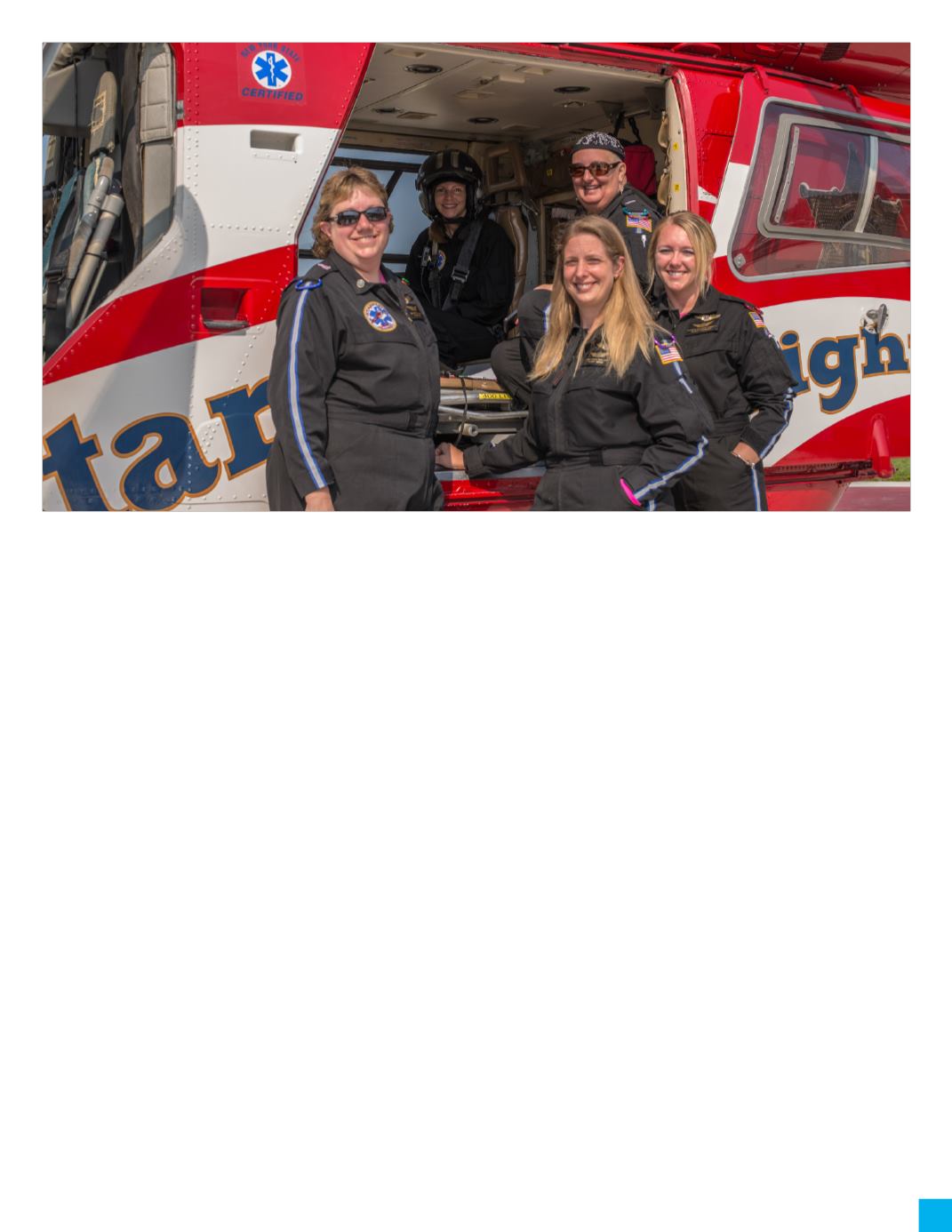
March 2015
| Business World
259
quickly to bring things up to speed. For
Chief Flight Nurse Debbie Weaver the inte-
gration of technology has made the lives of
the first responders safer, especially in critical
information and difficult terrain.
“The technology we use runs on two tracks:
the aviation portion and the medical team
portion,” Weaver said. “On the aviation side,
we added a Garmin HTAWS – helicopter
terrain awareness and warning system. This
reads what’s in front of us and it sends infor-
mation back to the helicopter and if our path
of travel is going to be impeded by a moun-
tain or a guide wire, it comes back with a
verbal and audio cue. It doesn’t just alarm, it
tells us how to fix the situation.”
Along with the Garmin HTAWS, AlStar
EMS has added a night-vision goggle ap-
plication to all cockpits, capable of guiding
its helicopters through the night during af-
ter-hours flights to serve other areas beyond
their rural setting.
“There are times when it’s really dark here,”
Weaver said. “There are no lights; this is not
a big city. Once we get five miles outside the
city, it’s all rural farmland. There are nights
when there is no moon, making the pilots a
little tentative to go to a scene where there is
no information about where we’re landing.
Night vision goggles will give us the added
edge of being able to actually see where we’re
landing.”


